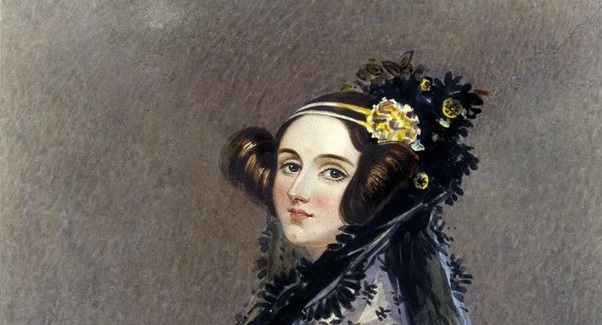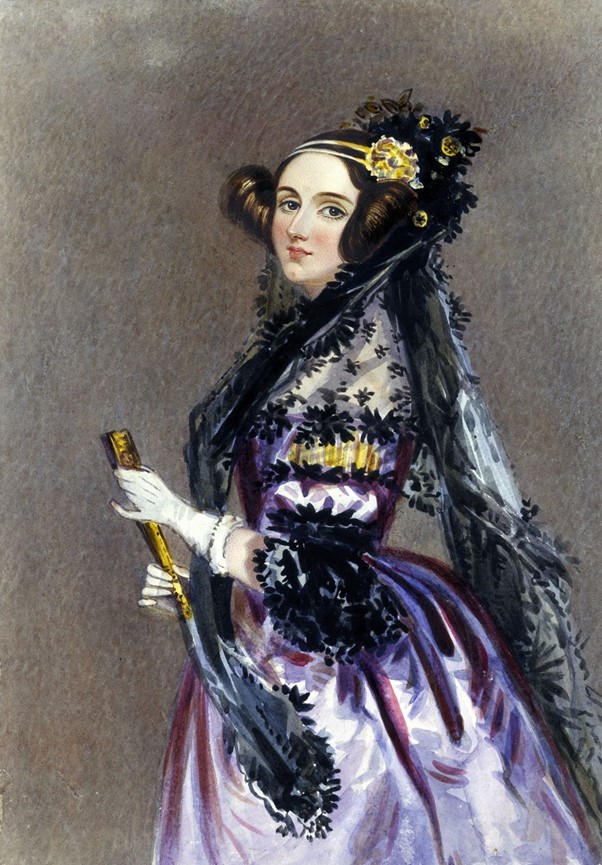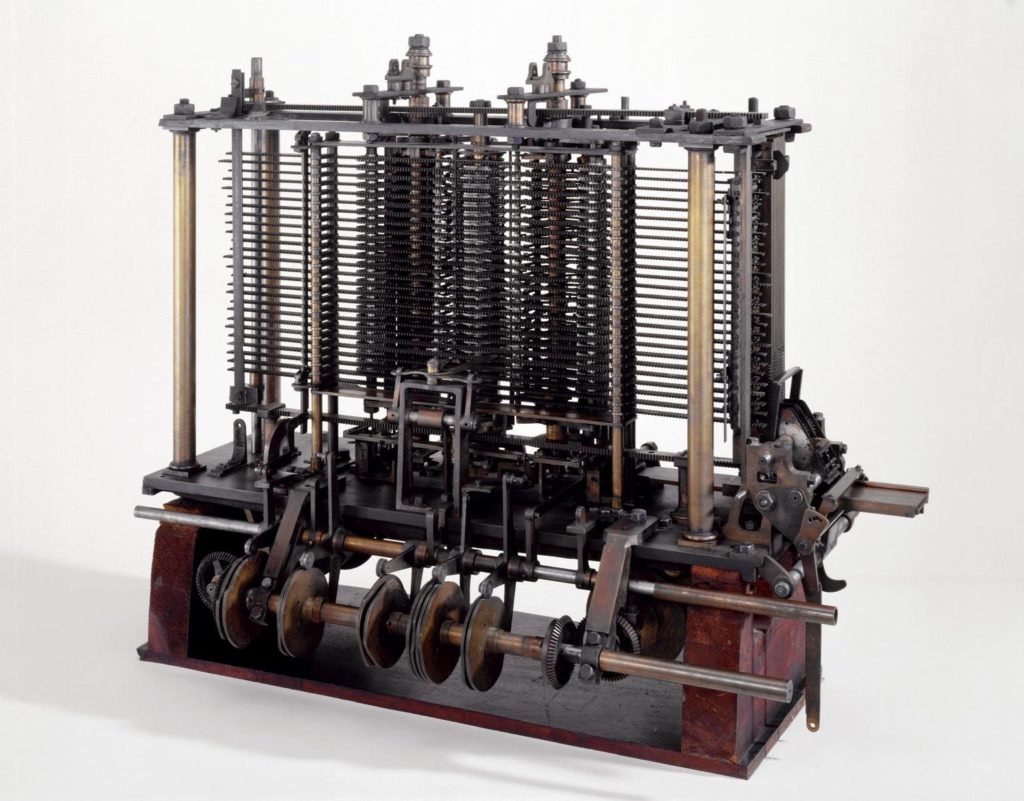This February half term, Locomotion will be running Control It, where visitors will be invited to explore the world of coding and computer programming. Coding plays a big part in keeping our railways under control, making them safe and punctual.
Today is ‘International Day of Women in Science’ and we celebrate the first computer programmer, Ada Lovelace.
Ada Lovelace (1815-1852)
Ada Lovelace was a century ahead of her time in imagining a general-purpose device, the basis of all computers. Called the ‘Enchantress of Number’ by Charles Babbage, she saw the potential for his calculating machines to move beyond simple mathematics. Lovelace was the daughter of poet Lord Byron and the admired intellect Annabella Milbanke.
Lovelace had an early and natural interest in mathematics and machines. Her mother supported and encouraged these interests because she believed strongly in women’s education, but she also hoped rationality and logic would counteract the influence of Byron’s romantic nature and ‘mental instability’ upon her daughter.
Lovelace received the best of private mathematical education and was tutored by Mary Fairfax Sommerville, noted 19th-century polymath and scientific writer, and Augustus De Morgan, logician and mathematician.
In June 1833, Mary Fairfax Somerville introduced Lovelace, then aged 18, to noted British mathematician, inventor and polymath Charles Babbage. They continued to collaborate until Lovelace’s death in 1852.
In 1842, Lovelace translated Luigi Menabrea’s account of the Analytical Engine. She was the first to articulate the machine’s significance, publishing a translation and her own extensive notes. The notes contain the first published algorithm for the Analytical Engine and demonstrate her understanding of the Engine’s potential. This was a machine that could use numbers, not just to represent quantities, but also as abstract values, and it marks the prehistory of the computer age.
Lovelace’s legacy
Lovelace proposed a vision of a wider programmable application (or algorithms) for Babbage’s machines. Distinct from his practically minded ideas about the mathematical calculating operations of his computational engines, this vision is perhaps the most important aspect of Lovelace’s notes.
Today, algorithms underpin much of the digital and electronic world we live in—from finding routes on maps to providing secure communication.
However, Lovelace’s contribution to early computation went largely unnoticed by the male-dominated scientific and mathematical community of the mid-19th century and was not fully appreciated until the advent of electronic computing a century later.
Take a look at the Locomotion February half term page to find out more about Control It.


